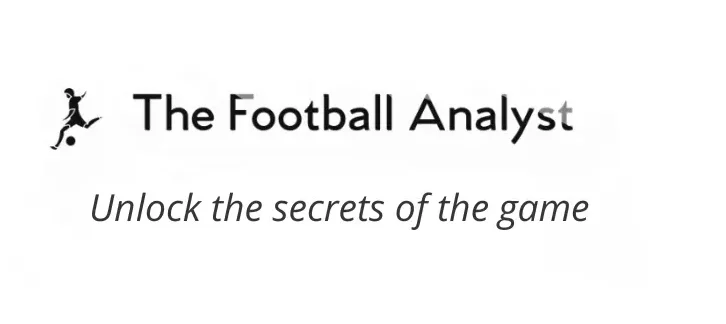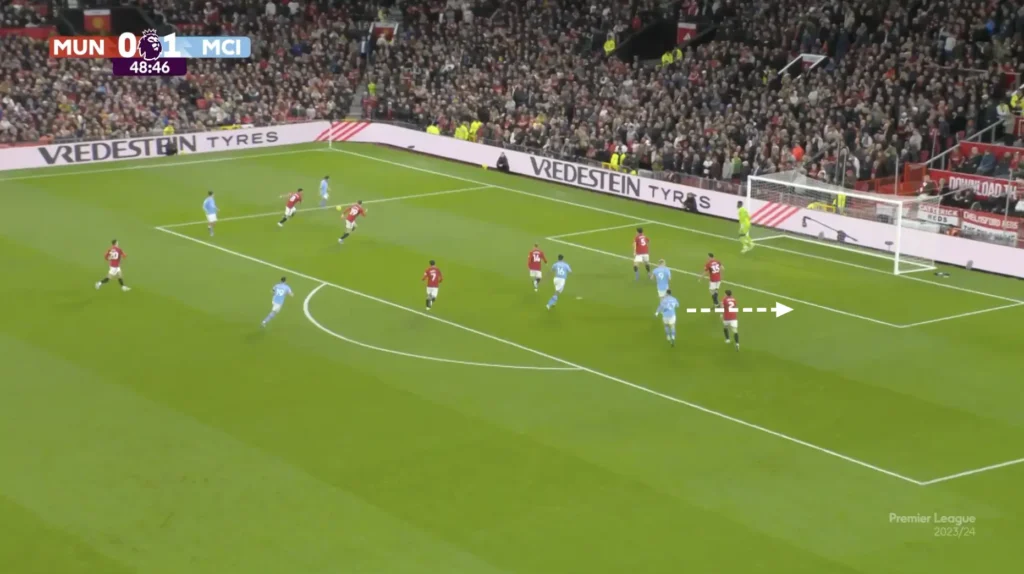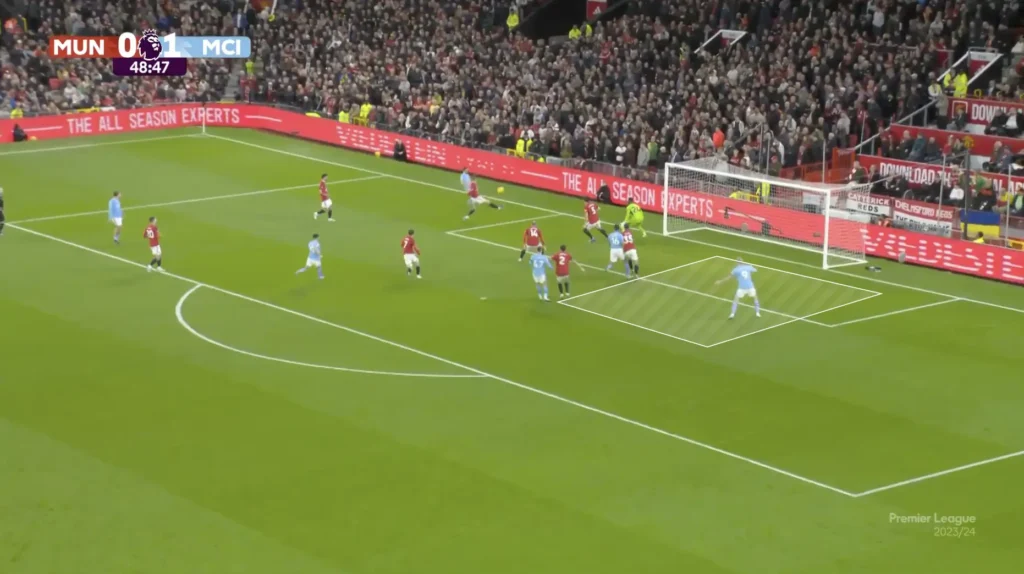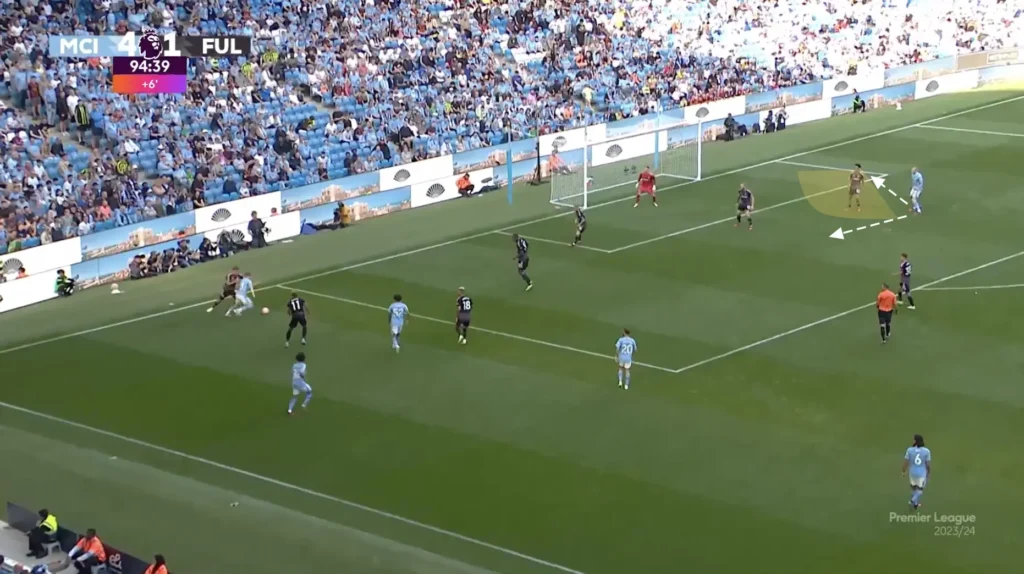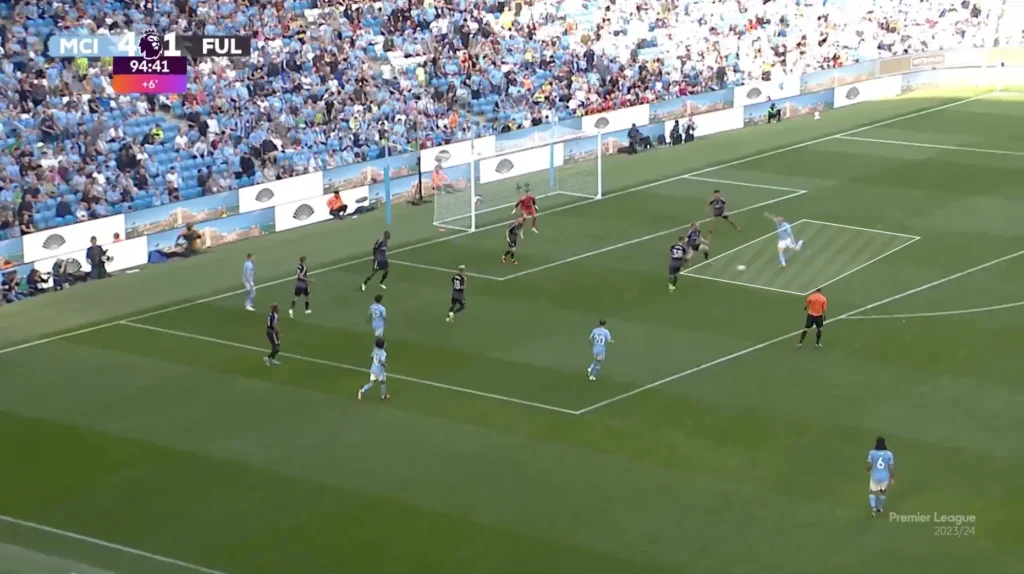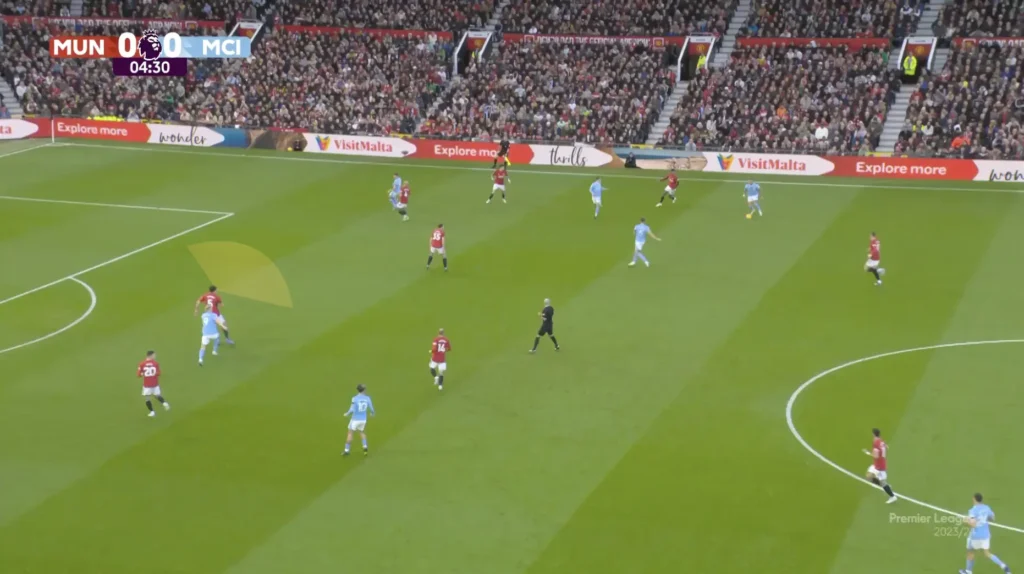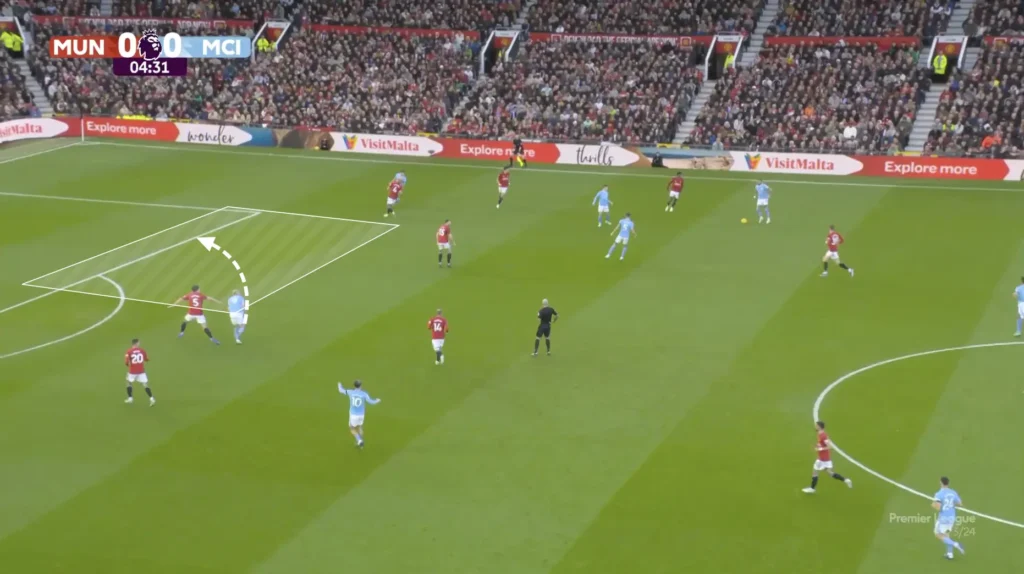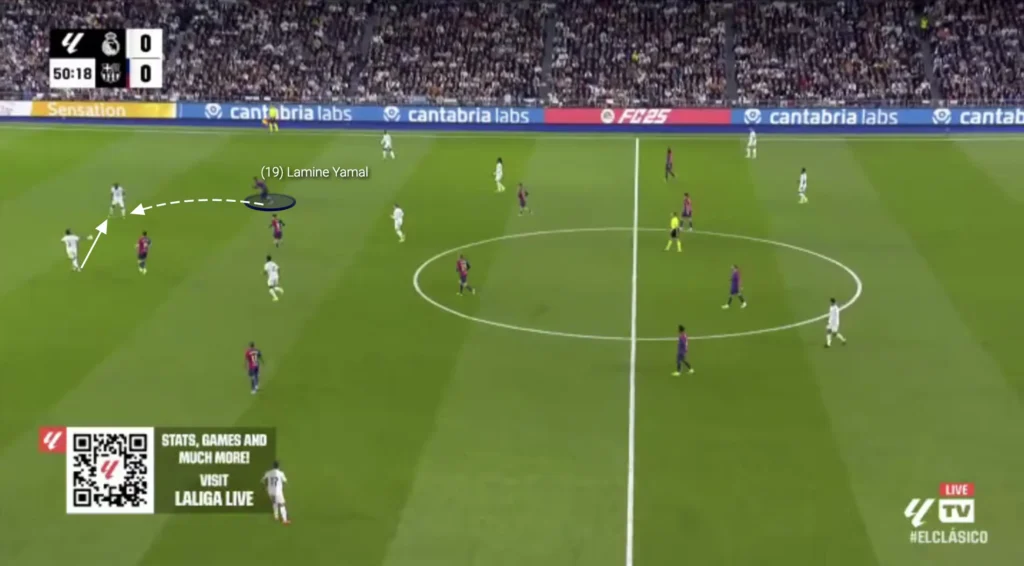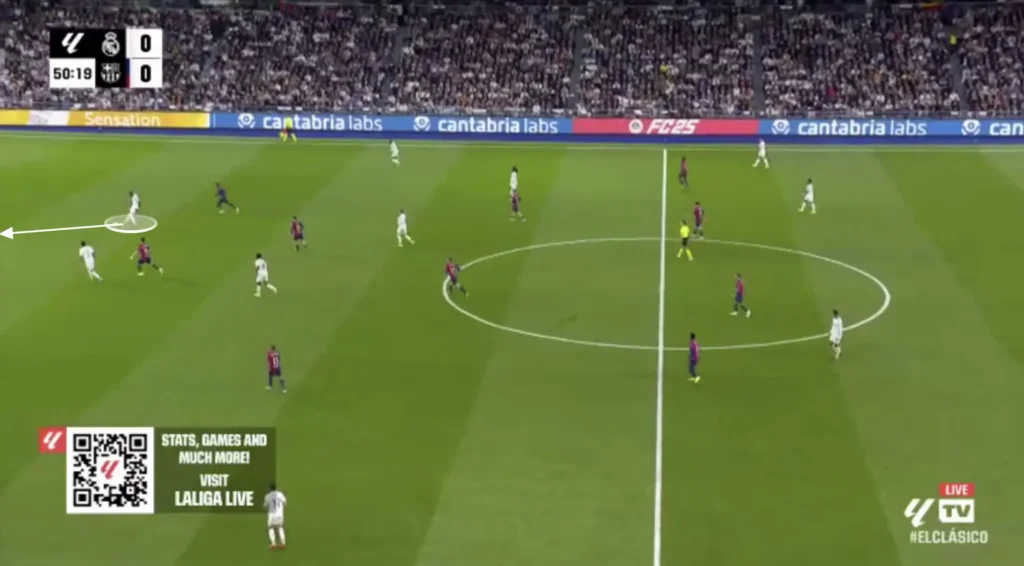One of the most effective ways to gain an advantage in football is by exploiting the blindside—the area outside an opponent’s immediate vision. Players who understand how to use these areas can create space, disrupt defensive structures, and take control of key moments in a game. Whether in attack or defense, blindside awareness is a game-changer that can make or break players and teams at the top level.
What Is the Blindside in Football?
The term blindside in football refers to the area where an opponent has limited vision or awareness, making it a key tactical space to exploit. Because players cannot track both the ball and their blindside simultaneously, this area presents opportunities for attackers to move unmarked and receive passes under less pressure. Defenders, in turn, must remain constantly aware of their surroundings to prevent being bypassed by clever movement.
Understanding and utilizing the blindside is crucial in both attacking and defensive phases. In attack, it allows players to create separation, time their runs more effectively, and exploit defensive weaknesses. In defense, pressing from the blindside forces opponents into hurried decisions and restricts their passing options. Players who master blindside awareness can dictate play, break through defensive structures, and influence crucial moments in a game.
How the Blindside Is Used in Attacking Play
1. Creating Space and Gaining an Advantage
Attackers often move into blindside positions to escape their markers and receive passes in dangerous areas. By staying out of the defender’s direct line of sight, players can time their movements to exploit gaps in the opposition’s defensive shape.
Example: Off-the-Ball Runs
A classic example is a forward making a run behind a center-back who is focused on the ball. By attacking the defender’s blindside, the forward can receive a through-ball or cross with minimal resistance, increasing the chance of scoring or creating an opportunity. Strikers like Erling Haaland and Kylian Mbappé are experts at this, constantly scanning for defenders’ movements and darting into unmarked spaces.
2. Exploiting Defensive Weaknesses
Teams that press aggressively often leave space on the blindside of their pressing players. Smart midfielders and wingers position themselves just outside the pressing zone, ready to receive and progress the ball quickly.
Example: Wide Play and Overlaps
Fullbacks or wingers frequently utilize the blindside by making overlapping runs beyond their markers, creating numerical superiority in wide areas. This is particularly effective against teams that defend in a narrow block. A fullback, for example, can run behind an opposing winger or fullback who is focused on the ball and receive a through-ball or switch of play from the midfield or backline.
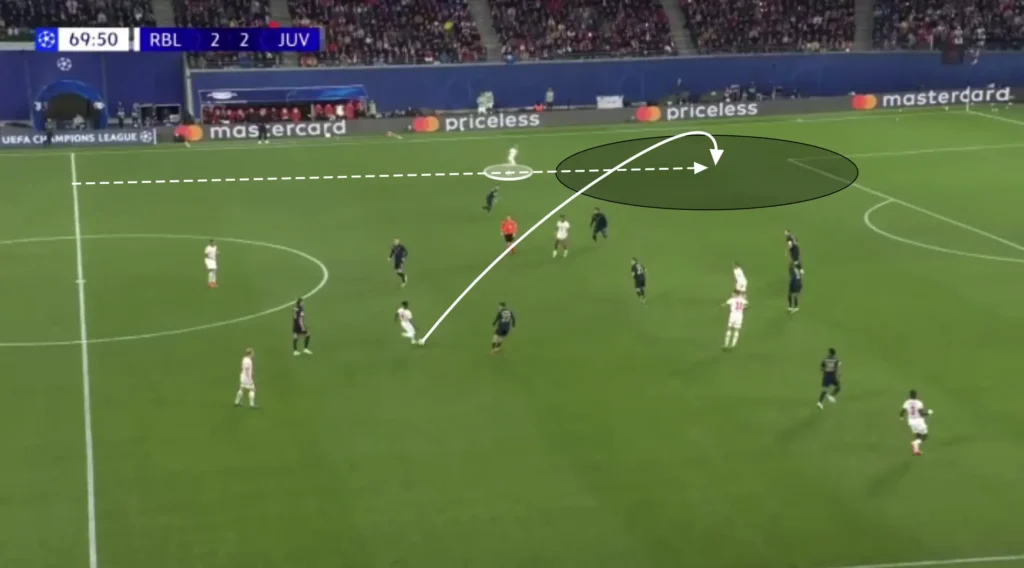
3. Blindside Positioning in the Final Third
Creative players often position themselves on the blindside of defenders to receive the ball between the lines. This is common in positional play systems where teams aim to disrupt defensive structures through subtle movements.
Example: False Nine and Attacking Midfielders
Players like Lionel Messi and Kevin De Bruyne frequently exploit the blindside by drifting into pockets of space behind the opposition midfield line, forcing defenders to make difficult decisions about stepping out or staying in position.
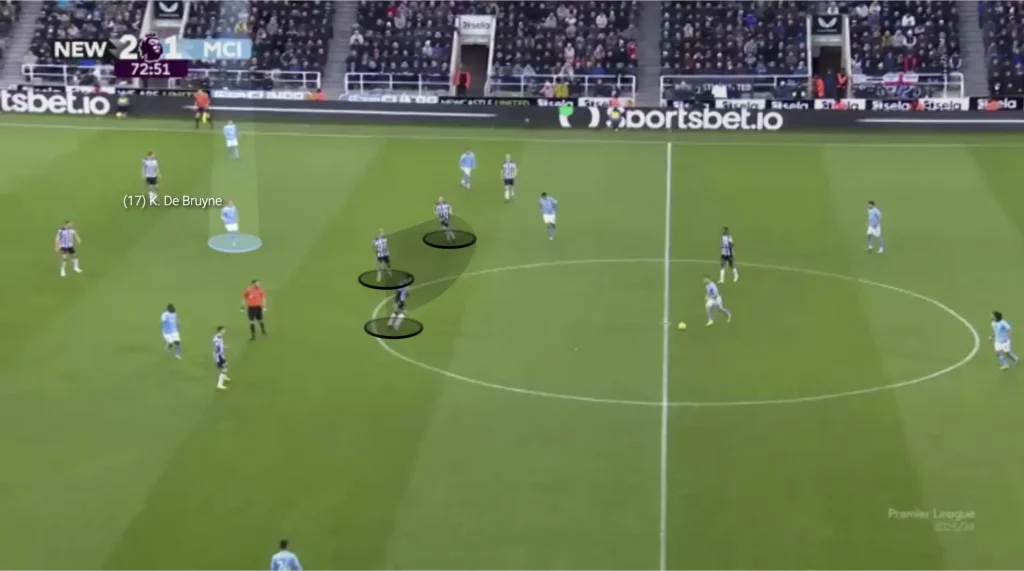
4. Blindside Movement in the Penalty Area
Top strikers frequently operate off the blindside of defenders in crossing situations, giving them more control over their marker and a greater chance of converting deliveries into goals.
Example: Striker Movement in the Box
In crossing situations, elite strikers such as Robert Lewandowski and Erling Haaland position themselves on the blindside of defenders, often making last-second movements just as the cross is delivered. By staying out of sight until the final moment, they can dictate the timing of their runs and attack the ball with an advantage, often arriving first at the near post or ghosting in at the back post to finish unmarked. This movement also forces defenders into difficult body positions, making it harder for them to react or clear the ball effectively.
The Benefits of Operating from the Blindside
1. Forcing Opponents to Scan More
A defender cannot track both the ball and a player on their blindside simultaneously, forcing them to constantly scan their surroundings. This increases the chances of hesitation or poor decision-making, especially in high-pressure moments like transitions or set pieces. Attackers who master these movements take advantage of these lapses to make decisive runs or position themselves for goal-scoring opportunities.
2. Controlling Movement and Timing
Positioning on a defender’s blindside allows an attacker to dictate the timing and direction of their movement, forcing defenders to react rather than control the engagement. This is especially effective against ball-watching defenders, who may not notice an attacker shifting into space until it’s too late. Elite players use this to feint one way before bursting into space, creating separation and ensuring they receive the ball in an optimal attacking position.
3. Exploiting Counterattacking Opportunities
Blindside positioning is crucial in counterattacks, where defenders are often too focused on the ball or the play in front of them. Attackers making runs behind retreating defenders can receive the ball in stride with fewer obstacles, increasing the chances of a clear goal-scoring opportunity.
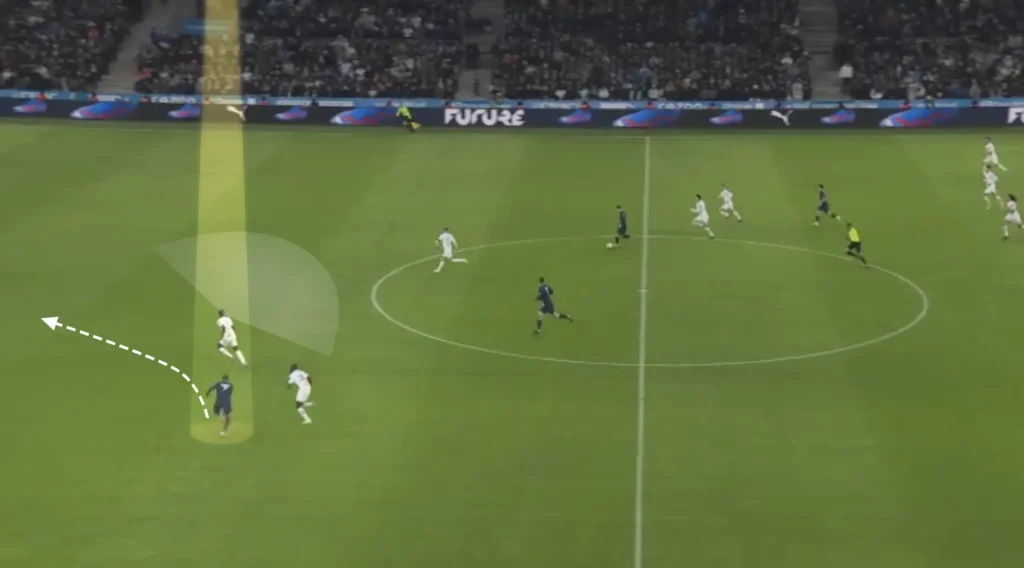
Using the Blindside When Defending
While the blindside is often discussed in an attacking context, it is equally valuable in defensive play, particularly in pressing strategies. Defenders and midfielders can use the blindside to close down opponents, reducing their options and forcing mistakes.
1. Pressing from the Blindside to Win Possession
One of the most effective pressing techniques involves approaching an opponent from their blindside, reducing their reaction time and limiting their passing options.
Example: Gegenpressing
Teams that implement gegenpressing, like Jürgen Klopp’s Liverpool, often instruct players to press opponents from the blindside immediately after losing possession. By doing so, they can catch the ball carrier off guard, forcing a turnover in dangerous areas.
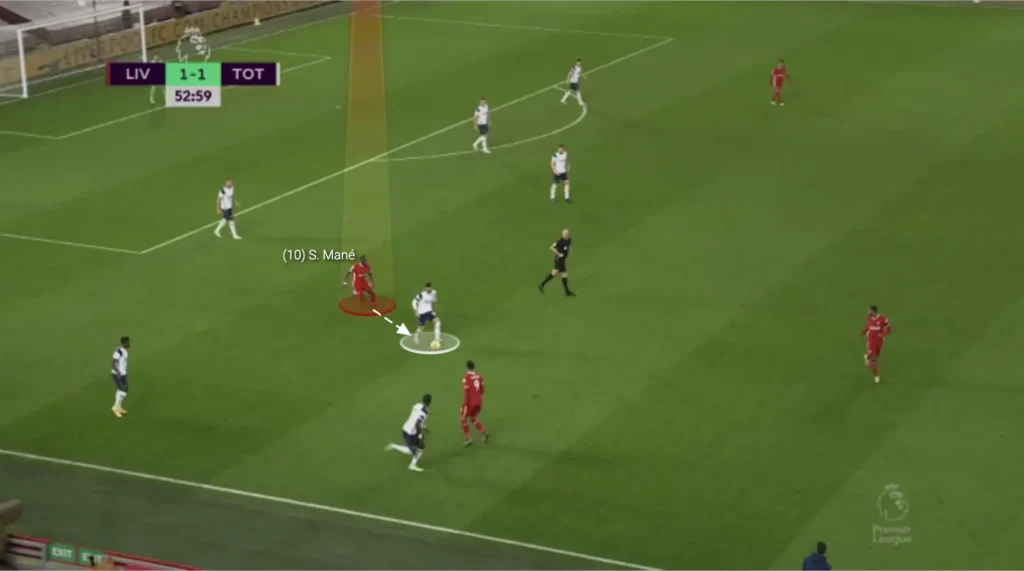
2. Trapping Opponents Using the Blindside
A common defensive strategy is to guide an opponent towards a pressing trap by limiting their passing lanes while an additional defender presses from the blindside.
Example: Pressing Triggers
In structured pressing systems, players wait for specific triggers—such as a weak-footed player receiving the ball with their back to goal—before applying pressure from the blindside. This forces rushed decisions and increases the likelihood of winning possession.
In this situation, for example, FC Barcelona are playing against Real Madrid, and a pass is played between the Madrid center-backs. The right-winger, Lamine Yamal, pushes up to put pressure on the center-back from his blindside before he receives the ball, which limits his time on the ball and forces him to play it back to the goalkeeper. This allows Barca to push the team up and squeeze the pitch.
3. Defensive Cover and Interceptions
Players who read the game well use blindside awareness to anticipate passes and step in at the right moment to intercept the ball.
Example: Defensive Intelligence in Midfield
Elite defensive midfielders like Rodri and Casemiro constantly look to step up from the blindside of their opponents to win the ball. By positioning themselves smartly and anticipating the opponent’s next move, they can cut off passing lanes and launch counterattacks.
Here is a situation from Arne Slot’s Liverpool where the defensive midfielder, Ryan Gravenberch, steps up from the blindside of his opponent to win the ball.
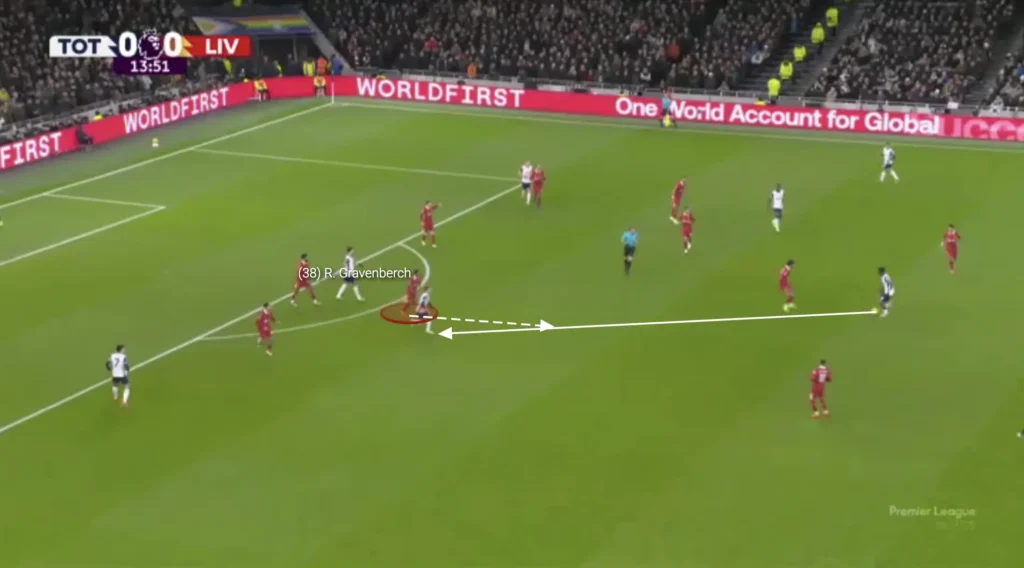
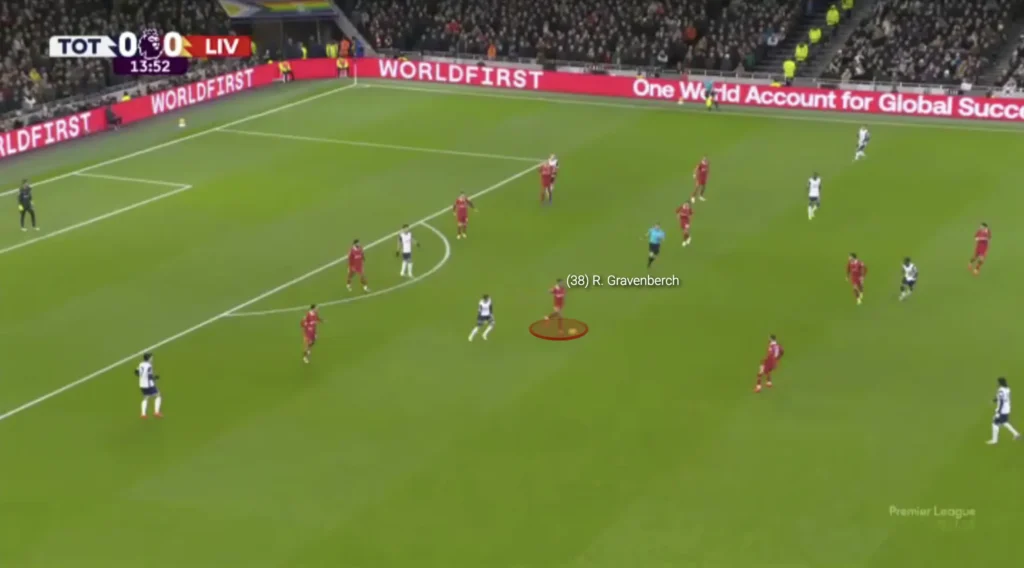
Defensive Considerations: Preventing Blindside Exploitation
1. Body Positioning and Awareness
Defenders must always check their shoulders and position themselves in a way that minimizes blindside threats. This is especially crucial for center-backs and defensive midfielders, who must track late runs from deep.
2. Communication and Covering Runs
A well-organized defense relies on constant communication. If a player is unable to track an opponent’s blindside movement, teammates must provide cover or alert them to the danger.
Example: Defensive Midfielders’ Role
A holding midfielder often scans for runners attacking the blindside of defenders, cutting passing lanes or tracking the opponent’s movement to prevent them from receiving the ball in space.
Conclusion
The blindside is a fundamental concept in football tactics, influencing attacking movement, defensive organization, and overall team strategies. It plays a role in everything from chance creation to pressing strategies. Players who understand these spaces can manipulate defenders, open up spaces, and execute more effective movements on the pitch.
Mastering blindside tactics is not just about being faster or stronger than an opponent. It’s about thinking ahead, reading the game, and making the right moves at the right time. By incorporating this awareness into their game, players and teams can sharpen their tactical intelligence and gain a crucial advantage on the field.
